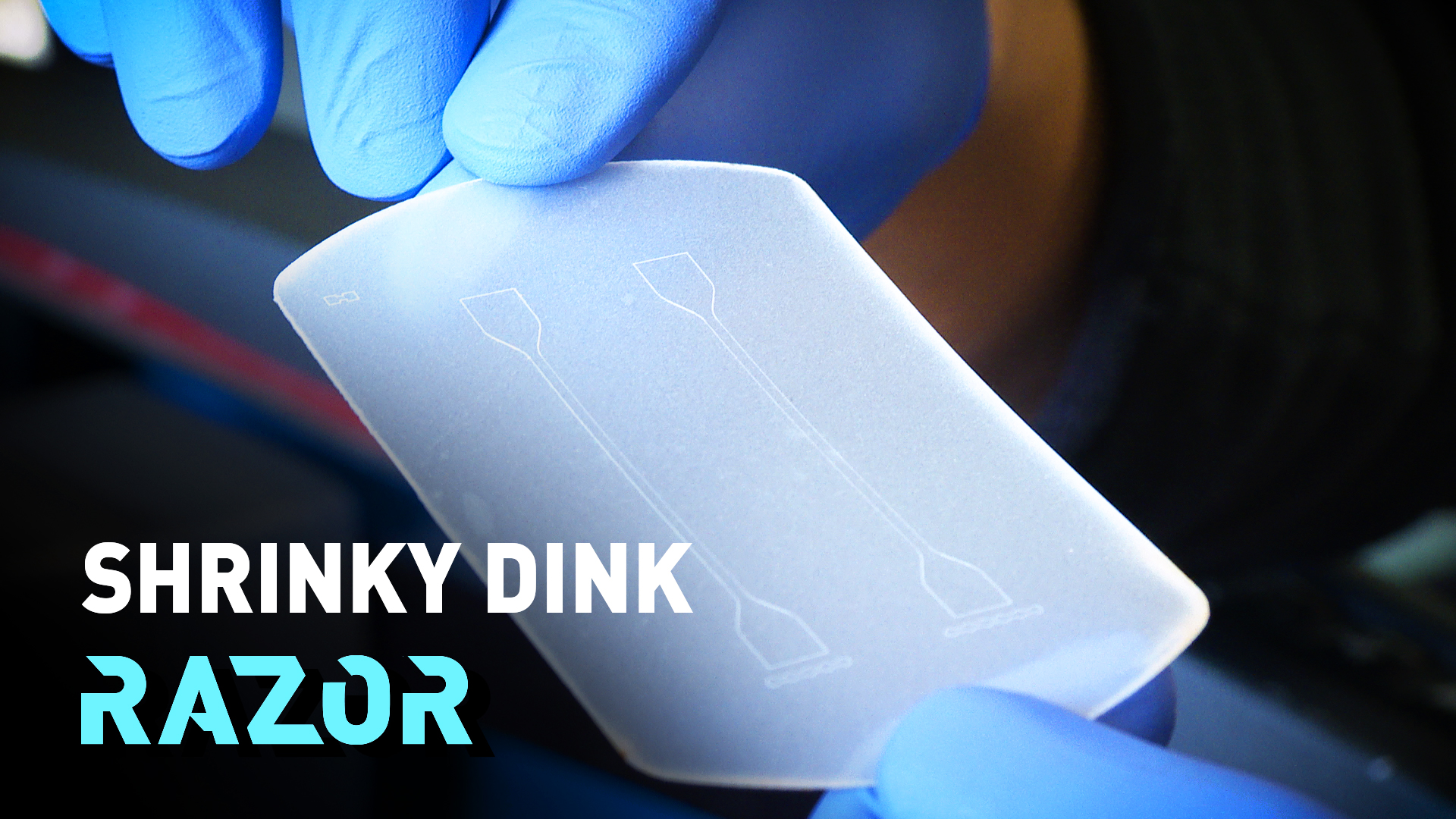11:10

Inside a small laboratory at the University of California, scientists have developed monitoring technology that could identify ill health before people fall sick and end the use of many modern day medicines. Remarkably, they've created it using a children's toy.
A team of scientists led by Michelle Khine has created small plastic sensors that can be attached to the body to provide beat to beat blood pressure monitoring to uncover underlying issues before they develop into more serious problems.
The transparent sensors are attached to parts of the body where a pulse can be felt, for example the wrist, and can be worn while people are working or even exercising, for round-the-clock monitoring.
"My personal goal is to end symptomatic based medicine," Khine explains to RAZOR. "Medicine is normally performed on a reactionary basis. People feel sick and then go to see a doctor, but that's not the most efficient way to do things.
"We know that physiological signals precede clinical deterioration, so we try to develop medical grade devices to give you important physiological monitoring the way you would get monitored at a hospital but in a way that you can do this anywhere."

This tiny monitoring device can be stuck to the wrist and provide beat to beat blood pressure monitoring while people are working and even exercising. /RAZOR
This tiny monitoring device can be stuck to the wrist and provide beat to beat blood pressure monitoring while people are working and even exercising. /RAZOR
The new technology has been inspired by and made using a popular children's toy from the 1970s called Shrinky Dinks. The stretchy polystyrene plastic sheets are drawn on and coloured in before being baked in an oven, where the designs and patterns become thicker.
In the lab in California, Khine and her team of scientists pattern different materials onto the Shrinky Dinks and then put them in an oven for three minutes. But rather than using them as decorations or jewellery as children did, the patterns are peeled off and put into a soft stretchy material to create a sensor that can be stuck to the body for high resolution monitoring.

Patterns are drawn onto stretchy polystyrene sheets from a children's toy called Shrinky Dinks and shrunk in an oven to create contact lens-sized sensors that can monitor blood pressure while people are on the go. /RAZOR
Patterns are drawn onto stretchy polystyrene sheets from a children's toy called Shrinky Dinks and shrunk in an oven to create contact lens-sized sensors that can monitor blood pressure while people are on the go. /RAZOR
Khine says the sensors are an upgrade on current blood pressure monitoring devices that involve acquiring a reading by applying a clunky strap around a patient's arm and could detect heart and respiratory issues long before they arise.
"We now have a little band aid sensor," Khine adds. "So wherever you can feel a pulse, everytime your heart beats we can monitor it so we get beat to beat blood pressure.”
She continued: "Normally you get a blood pressure reading maybe once or twice a year, but your blood pressure changes with every beat – and the change and fluctuations in beat-to-beat blood pressure is an indicator of cardiovascular problems, as well as other diseases."

